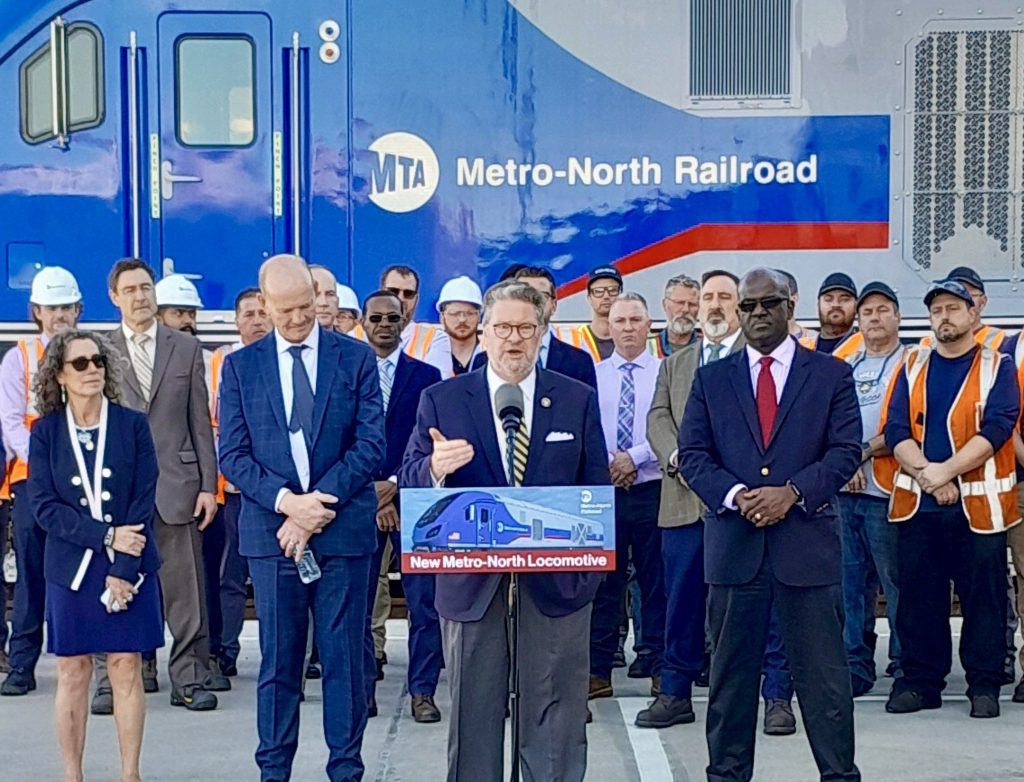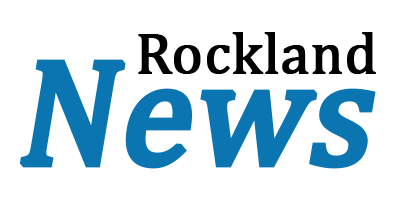
Peekskill, NY – On the heels of National Transportation Week, New York State Senator Pete Harckham celebrated the positive impact of the Metropolitan Transit Authority (MTA) Metro-North Railroad’s $68.4 billion capital plan, which is set to provide long-term economic, environmental, and commuting benefits for the Hudson Valley.
The capital plan, recently funded through the state budget with $1.4 billion in annual revenues, has allocated $6 billion for Metro-North improvements, marking a significant step toward improving regional transit infrastructure. The planned upgrades will not only bolster public transportation but also safeguard the system from climate risks, including rising sea levels and extreme weather events, while enhancing the commuting experience for thousands of residents.
“This capital plan is a huge win for our communities in the Hudson Valley,” Harckham said. “Investing in Metro-North means ensuring that residents have access to reliable, safe, and affordable transportation. It’s a critical part of supporting our local economy, providing more job opportunities, and improving quality of life.”
The plan includes major investments in infrastructure and service upgrades, such as the replacement of aging railcars, a major reconstruction of the Park Avenue underground approach to Grand Central Terminal, and substantial improvements to stations throughout Westchester and Putnam counties. The investments will benefit approximately 255,200 daily riders, many of whom are commuters traveling from Rockland and other parts of the Hudson Valley into New York City.
According to the Partnership for New York City, the direct expenditure in the capital plan will generate $106 billion in economic output over five years, supporting 72,000 jobs statewide. The Hudson Valley will see a $6.1 billion boost to its economy, with over 9,000 jobs directly created in the region.
Harckham pointed out that Metro-North’s role in easing traffic congestion and reducing vehicle emissions is particularly important. With a single Metro-North Harlem or Hudson Line train capable of removing over 1,000 cars from the road, the environmental benefits are undeniable. The MTA’s efforts to reduce vehicle miles traveled and the resulting carbon emissions are expected to save over 20 million metric tons of carbon annually—equivalent to the amount absorbed by a forest the size of Indiana.
The capital plan also addresses pressing climate concerns. A major investment of $800 million will be used to fortify the Hudson Line against flooding, a serious vulnerability due to rising weather-related disruptions. The MTA is also dedicating resources to electrifying buses, improving air quality, and reducing carbon emissions, making the transit system more resilient and sustainable for future generations.
“We’re not just investing in trains and tracks,” said Harckham. “This is about making our transportation system more sustainable, equitable, and prepared for the challenges of climate change. The MTA’s plan will make our region stronger, greener, and better connected.”
Additionally, Metro-North plans to invest $1 billion in station upgrades, including new designs and improvements at several key stations in the region. This includes expansions and renovations at popular stations such as Chappaqua, Brewster, and Mount Kisco, as well as the rehabilitation of parking facilities at Patterson and Peekskill.
Further investment will go toward replacing aging M3 railcars on the Harlem and Hudson lines, providing the next generation of passengers with state-of-the-art, climate-friendly locomotives.
“Safe, reliable, and efficient transportation is vital to our region’s future,” said Harckham. “This capital plan is essential to ensuring that Metro-North remains a critical lifeline for our communities. As the system grows and modernizes, it will continue to support local economies, protect the environment, and provide improved commutes for our residents.”
The $68.4 billion MTA capital plan represents a substantial commitment to the future of the Hudson Valley and the greater tri-state region, making it one of the most important investments in public transportation in recent years. The next step is ensuring that these improvements translate into a safer, more efficient, and greener commute for all.
